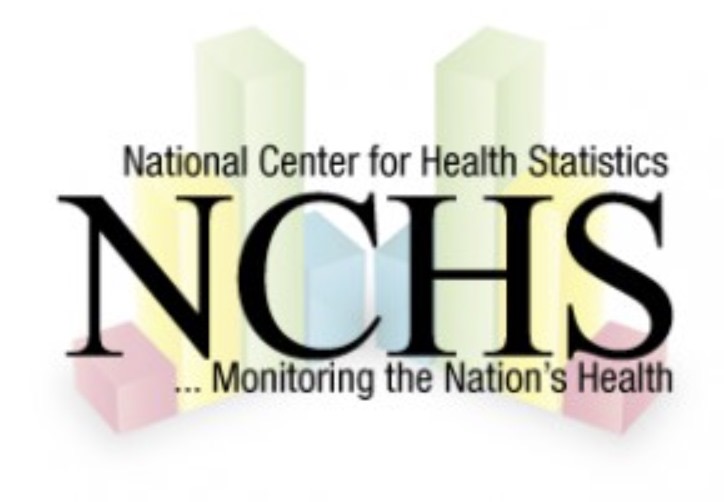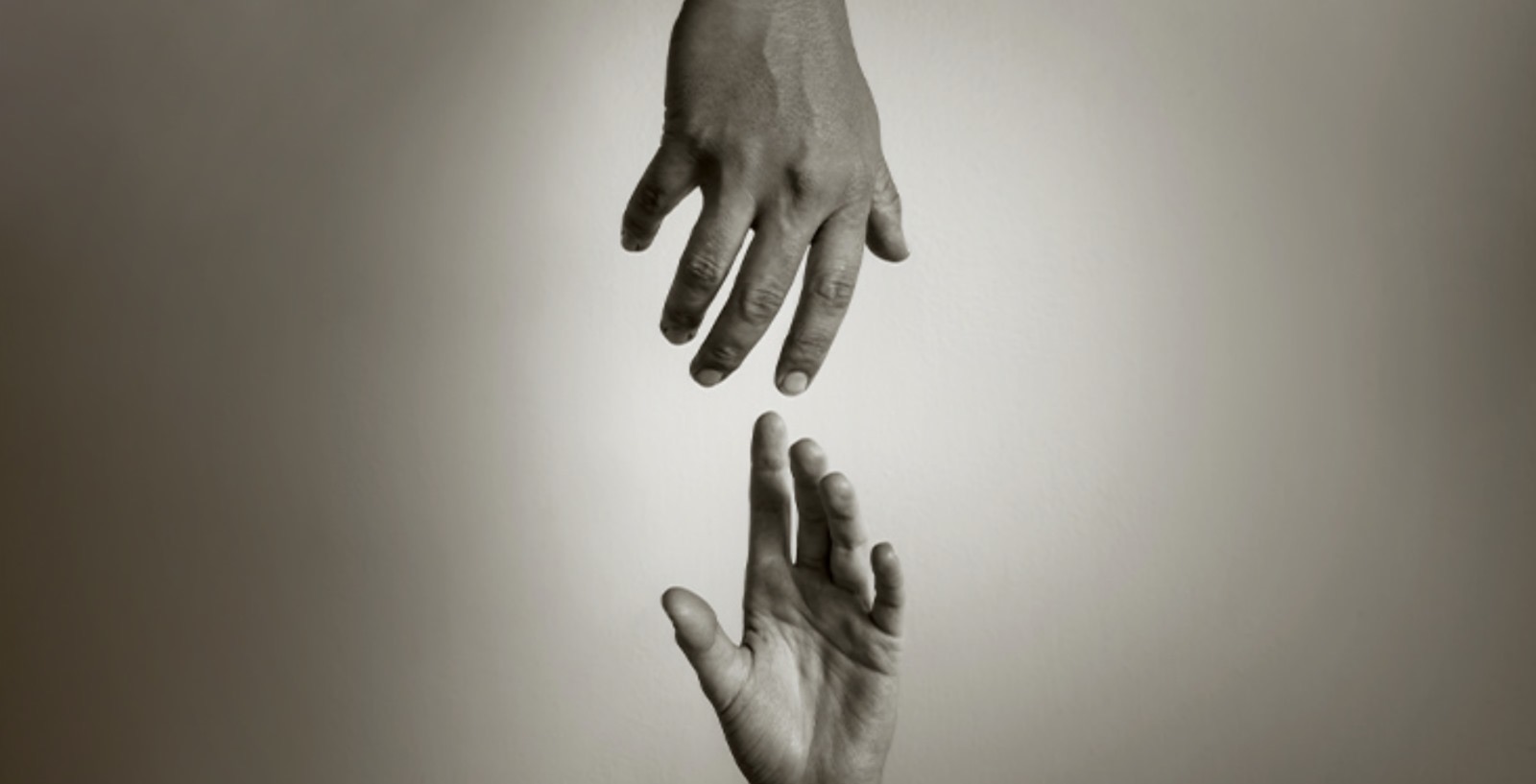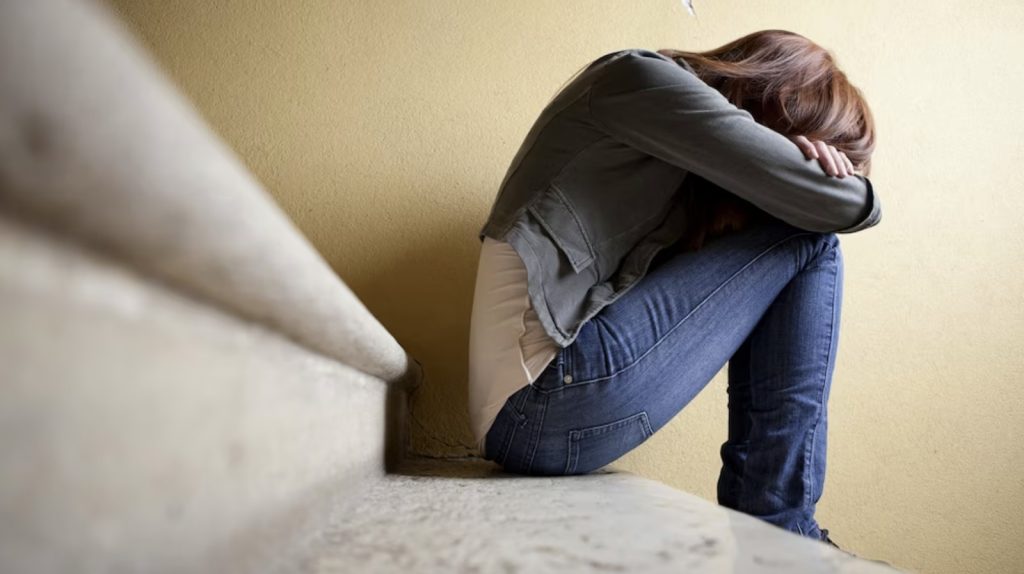At 10:52 Wednesday morning, The Wall Street Journal reported new data from the National Center for Health Statistics on suicide in the United States.  The data was shocking.
According to the Journal, last year close to 50,000 Americans committed suicide. That’s the highest level of suicides since 1941.

50,000 is not just a lot of suicides for the USA. It’s also a big figure for the world. On the rest of this planet, suicide has gone down â€Å“more than 30%†â€Å“over the last three decadesâ€Â according to a recent overview in the Annual Review of Public Health. But, says that overview, in the USA, â€Å“suicide rates increased by 35% between 2000 and 2018.â€ÂÂ
To repeat, our suicide rate increased 35% while the rest of the world’s suicide rate went down 30%.
But that’s not the only surprise in the latest American suicide statistics. Suicide rates are going down among young people, the very people we are told are being driven to suicide by Tik Tok, Instagram, and Facebook. Yes, suicide rates are going down for people between 15 and 24 years old.
But they are going up for old, white men, for men over 75 years of age. Suicide rates for men over 75 are twice what they are for young people. Why?
Because the years past 75 can be years of loss. You can lose your health. You can lose your spouse. You can lose your friends. You can lose your money. And you can lose your memory thanks to dementias like Alzheimer’s.

There’s a simple fact I explain in my second book, Global Brain. Cells in our body are built with pre-programmed cell suicide mechanisms.  When a cell feels useless, it shuts down or kills itself off.  That’s called apoptosis.
You and I are built with something similar. When you feel that you are of no use to a single soul, your own biology begins to kill you off. Feeling useless, unwanted, and unloved lowers the power of your immune system.  It increases your inflammationâ€â€Âyour aches and pains. And it tortures you with loneliness and depression.
Sometimes it hits you with depression so painful that you can’t take it for another hour.
Then there’s a second factor, being male. Men are four times more likely to commit suicide than women.  I explain in my book Global Brain how nature builds females to last, but makes men disposable. For example, American women outlive men by almost six years.
Which leads to the most deciding factor of all, the one that really sets us apart from other developed countries, the American addiction to guns. Something the authors of the Annual Review of Public Health analysis call â€Å“access to means.â€ÂÂ
Rates of suicide went down in China and India over the last twenty years. Why?  Because the governments took the means away. They took away access to farm pesticides, a popular suicide tool in Asia.
Yes what really makes us different from other countries is our â€Å“access to means,†our gun addiction. We have more guns than people in the USA. If you have a gun handy, it makes suicide easy. As a result, fifty percent of suicides in the United States are by gun.

But there is a partial solution. In July of 2022, the government established a nationwide lifeline for help if you’re feeling suicidal. The number is 988. If you’re feeling like killing yourself, please use it. 988.
References:
https://www.annualreviews.org/doi/abs/10.1146/annurev-publhealth-051920-123206
Gunnell, D., Eddleston, M., Phillips, M.R. et al. The global distribution of fatal pesticide self-poisoning: Systematic review. BMC Public Health 7, 357 (2007). https://doi.org/10.1186/1471-2458-7-357
https://preventfirearmsuicide.efsgv.org/about-firearm-suicide/statistics/
https://www.ny.gov/programs/red-flag-gun-protection-law
https://www.apa.org/monitor/2019/05/ce-corner-isolation
https://www.cbsnews.com/boston/news/life-expectancy-gap-men-women-continues-to-grow-cdc/
______
Howard Bloom of the Howard Bloom Institute has been called the Einstein, Newton, and Freud of the 21st century by Britain’s Channel 4 TV.  One of his seven books–Global Brain—was the subject of a symposium thrown by the Office of the Secretary of Defense including representatives from the State Department, the Energy Department, DARPA, IBM, and MIT.  His work has been published in The Washington Post, The Wall Street Journal, Wired, Psychology Today, and the Scientific American.  He does news commentary at 1:06 am Eastern Time every Wednesday night on 545 radio stations on Coast to Coast AM.  For more, see http://howardbloom.institute.


